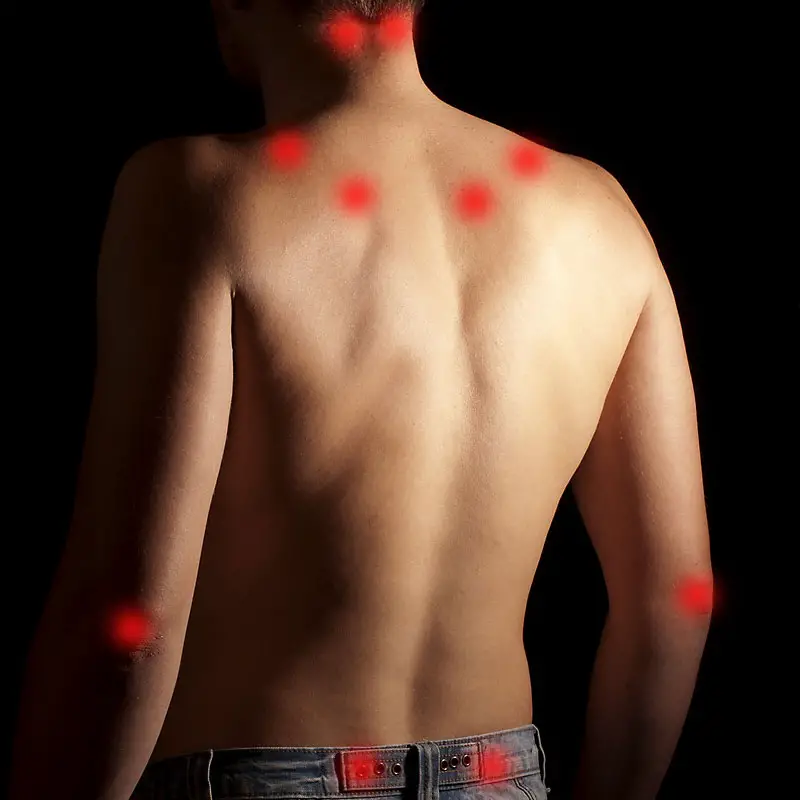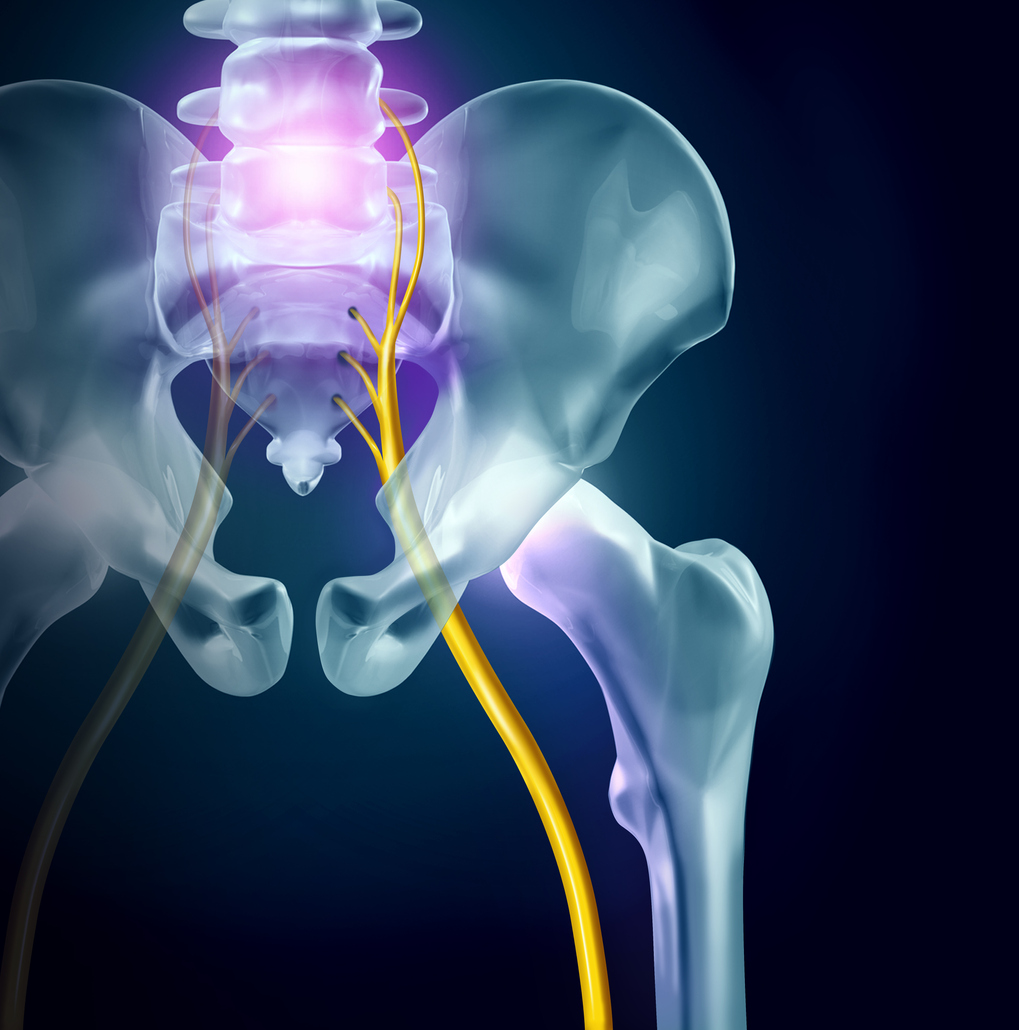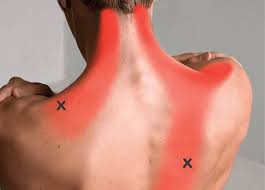La fibromyalgia is complex, and comes with a panoply of symptoms: Among them, pain in the hands and feet. These pains are often disturbing and incapacitating.
How to explain them? Are there ways to diagnose them? What do those who suffer from it do to relieve themselves? We talk about it in this article.
Fibromyalgia, short reminder
In the presence of fibromyalgia, the patient usually presents with the symptomatic triad next : pain (chronic and diffuse with a duration of more than 3 months), general fatigue, sleep disturbances. To this trinomial can be added other symptoms such as mood disorders, cognitive, digestive, ENT or even urogynecological disorders.
Let us now substantiate the symptomatic triad:
- The pain : they generally appear in the form insidious (that is to say in a benign form and hiding the real gravity) but also in a brutal way after an accident for example. The effort aggravates the pain with sometimes a hyperalgesia (the pain is increased for the same stimulus) or a allodynia (pain is felt for a normally non-painful stimulus). It also seems interesting to note that the first places of pain frequently reported are: lower back pain, migraines and headaches (6).
- Tiredness : Appearing in 90% of cases, it limits daily activities and is influenced by the stress suffered by the patient.
- The sleeping troubles : these disorders are defined as sleep non-recovery with untimely awakenings that may be accompanied by a restless leg syndrome or sleep apnea.
For the therapist, the diagnosis of fibromyalgia is highly probable when the history shows a female subject with pain for more than 3 months, sleep disturbances, general fatigue, cognitive disorders, sensory or visceral complaints, correspondence to criteria from the American College of Reumatology or FIRST and when theclinical and biological examination are normal (1)
Where does the pain in the hands and feet come from?
Pain in the hands and feet is common in people with fibromyalgia, and can be explained by several mechanisms:
- Central sensitization: In fibromyalgia, there is sensitization of the central nervous system, which means pain signals are amplified. This can lead to an increased perception of pain in different parts of the body, including the hands and feet.
- Trigger points: People with fibromyalgia may experience trigger points, also called tender points, which are specific areas of the body where pain is often felt more intensely. Some of these tender points may be present in the hands and feet, resulting in localized pain in those areas.
- Circulatory problems: Fibromyalgia can affect blood circulation, which can lead to poor tissue oxygenation in the hands and feet. This can cause pain, coldness, tingling, or numbness in these areas.
- Sleep alterations: Sleep disturbances are common in people with fibromyalgia. Poor quality or disturbed sleep can contribute to the onset of pain in the hands and feet, as insufficient rest can aggravate generalized tenderness and discomfort.
- Psychosomatic factors: Fibromyalgia is closely linked to psychological factors such as stress, anxiety and depression. These emotional states can contribute to the amplification of perceived pain, including in the hands and feet.
It is important to consult a health professional to obtain an accurate diagnosis of fibromyalgia, and to treat its consequences on an individualized basis.
What solutions to relieve pain in the feet and hands in the presence of fibromyalgia?
There are various solutions to relieve pain in the feet and hands in a person who suffers from fibromyalgia. Moreover, they are valid for all the pains that accompany this syndrome.
Here they are :
- painkillers: paracetamol, NSAIDs or nonsteroidal anti-inflammatory drugs;
- anticonvulsants (like pregabalin): in addition to reducing pain, they can help alleviate sleep disorders.
For drug treatments, it would be necessary avoiding opiates and opioids as painkillers. They can be addictive. Gradually, their effects on pain are no longer noticeable.
In some extreme cases, the doctor can introduce injections of anesthesia directly into the symptomatic feet or hands to reduce pain. However, this is not unanimous from a scientific point of view.
It also exists other feasible approaches.
- La physiotherapy or physiotherapy: gentle massages, the application of heat, balneotherapy, hydrotherapy, etc.
- The relaxation techniques so that the fibromyalgia patient does not focus too much on his pain.
- La cognitive-behavioral therapy to help the patient cope better with pain.
It should be noted that even with these treatments, the patient may still experience the same symptoms.
Durable solutions will require proper treatment of the fibromyalgia. There aren't really any specific treatments. Among other things, the association of drugs with physical exercises, physiotherapy and a healthy lifestyle can show conclusive results.
Although this pathology is not fatal, it should not be taken lightly. Do not hesitate to consult for appropriate support.







